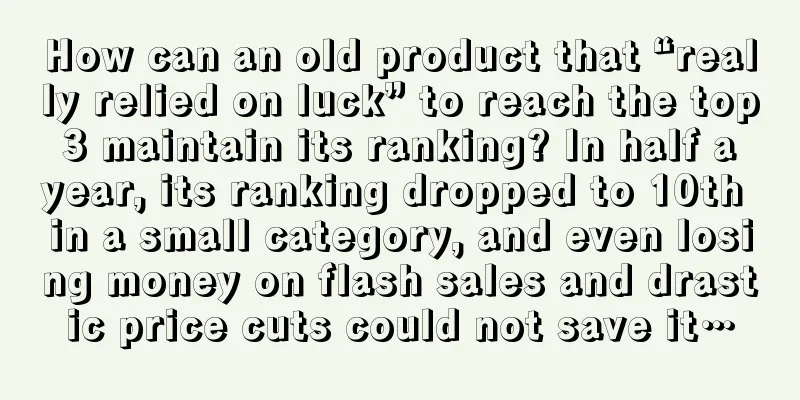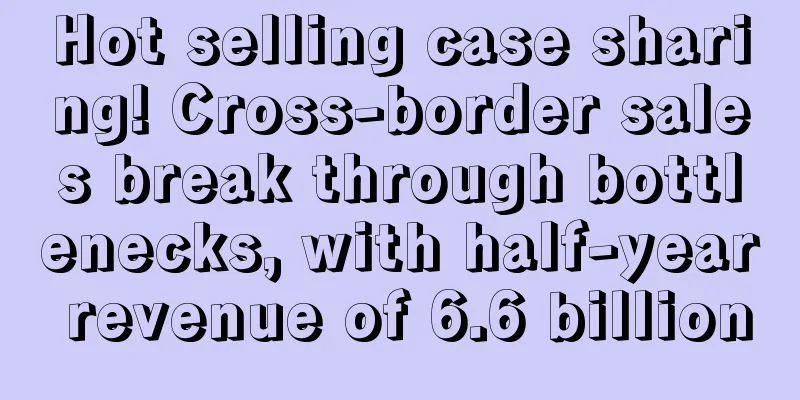What is Maersk Group? Maersk Group Review

Maersk Group was founded in 1904 and is headquartered in Copenhagen, Denmark. It has offices in 135 countries around the world and employs approximately 89,000 people. It provides first-class services to customers in container transportation, logistics, terminal operations, oil and gas exploration and production, and other activities related to the shipping and retail industries. Maersk Line, a subsidiary of the group, is the world's largest container shipping company with a global service network. Founded in 1904 Headquartered in Copenhagen, Denmark Website : https://www.maersk.com/Business ScopeMaersk owns more than 200 container ships, tankers, bulk carriers, supply ships and drilling platforms, with a capacity of 10 million tons. In addition to transportation, Maersk is also engaged in oil and gas related industries, industry and shipbuilding, air transport and retail industries. After more than 100 years of development, it has become a world-class company with strong strength in shipping, oil exploration and mining, logistics, and related manufacturing industries. As the container shipping branch of the group, it is the world's largest container carrier with a service network covering six continents. Development HistoryIn 1904, 28-year-old Arnold Peter Muller co-founded the "Svendborg Shipping Company" with his father Captain Peter Maersk Muller and purchased a second-hand steam freighter with a carrying capacity of 2,200 tons. In 1912, AP Muller established the "1912 Shipping Company", and these two companies are still the core enterprises of the AP Muller Group. On July 12, 1928, the LEISE MAERSK started its maiden voyage from Baltimore on the east coast of the United States, passing through the Panama Canal to the Far East and then returning. The cargo on board included Format auto parts and other general cargo. In March 1946, AP Mueller resumed its monthly voyages on the "Panama Route" via the Panama Canal, from the east coast of the United States to the Far East. The first intercepted shipping mission after the "World War II" was the "CHASTINE MAERSK" of Maersk Line, which departed from New York on March 16, 194 and stopped in Manitoba, Philippines. In 1947, in order to support the reconstruction of the war-torn European transportation system, Maersk began to participate in the establishment of cross-border Competition on the Western Ocean Route. In 1950, after World War II, Maersk Line expanded its liner business, initially starting with Japan. Subsequently, it gradually added routes to Thailand, Indonesia, Hong Kong, India and other countries in the Persian Gulf region. Some ships also participated in the "around the world" route. In 1958, the route between Japan and the east coast of the United States also added stops at ports in West Africa. In 1966, FAIRLAND of Sea-Land Company undertook the first international container transportation business. In 1967, as part of the first European initiative, P&O China Limited combined the liner services of four companies through a new Overseas Container Line. In 1968, Maersk Line and Kawasak Shipping Company pioneered the first European Far East trade cooperation. On March 9, 1968, CHARL0 TTEMAERSK began loading cargo in Antwerp, Belgium, starting a fortnightly liner service. In 1973, Maersk Line established the Maersk Container Line Division in Copenhagen, Denmark. In the same year, Maersk Line's seven-pointed star logo was officially launched. The logo was designed by Danish designer and architect Acton Bjorn (1910-1992). The first of the new ADRIAN MAERSK sailed on September 5, 1975 from the Maersk Line terminal in the Port of Newark, New Jersey. In the 1970s, Maersk Logistics (formerly known as Mercantile) was established. In the 1980s, other services were introduced that applied advanced technology to manage the entire supply chain from the origin of goods to the store. In 1996, P&O China Container Line and Maersk Line signed an operating agreement for the Europe-Far East route, which was valid until 1996. In 1993, AP Moller acquired the liner lines, liner ships and container lines of Denmark's EAC, as well as some of its businesses and institutions in the Far East and Australia. In 1995, Sea-Land and Maersk Line formed an operating alliance in most major port operations. The first "REGINA MAERSK" was named in 1954, and the latest "REGINA MAERSK" was the largest ship in the world at that time. Due to its large size, it cannot even pass through the Panama Canal, so it is also called a "post-Panamax ship". In 1996, P&O Container Line and Neddlloyd Shipping Company merged to form P&O China. In September 1997, the Queen of Denmark named the largest container ship at the time "S0 VEREIGN MAERSK", which took only 201 days to build and had a loading capacity of 6,600 TEU, 60 TEU more than "REGINA MAERSK" and its five sister ships. In 1999, AP Muller Group signed an agreement with Safmarine to acquire South African Container Line (SCL) and its related liner business. However, South African Container Line still uses its current names Safmarine, SCL, CMBT and Safbank in the market. In 2002, A/S Dampskibsselskabetto sold its liner division, TOMM Shipping, to AP Mu Group, including a liner route between ports on the east coast of the United States and the Gulf of Mexico and ports in West Africa. In 2005, Maersk Line and P&O China cooperated in multiple routes and ship usage in ports in Europe, Asia, the Middle East and the United States. On August 11, 2005, A.P. Moller-Maersk Group acquired all the business of P&O China. Maersk Land was renamed Maersk Line in February 2006. In 2010, Maersk achieved its best performance in its 106-year history with a profit of USD 5 billion. The good performance was due to the recovery of world trade and the continuous improvement of competitiveness through further cost savings and business integration. In 2013, the first Triple-E container ship was delivered. In 2014, Maersk Group ranked 172nd among the Fortune Global 500. In ChinaIn 1984, we established an office in Guangzhou, which was our first office in China. In 1994, Maersk (China) Shipping Company was established; in the same year, Shenzhen Yantian International Container Terminal was invested and built; In 1996, 63 ships were ordered in China, marking the beginning of Maersk's ordering of ships in China. In 1997, we invested in the construction of Dalian Container Terminal; In 1998, President Jiang Zemin met with Mr. Moller of Maersk Mc-Kinney; In 1998, Mercantile (China) Logistics Service Company was established; In 1998, Shanghai Tieyang Intermodal Transport Company was established as a joint venture; In 1998, Maersk Container Industry Qingdao Company was established; In 2001, a representative office was established in Chengdu, which was upgraded to a branch in 2006; In 2003, it invested in the construction of Shanghai Container Terminal; In 2003, the Greater China Area was established, including the mainland, Taiwan, Hong Kong, Macau, and Mongolia, with its headquarters in Beijing; In 2003, we invested in the construction of Qingdao Container Terminal; In 2004, we invested in the construction of Xiamen Container Terminal; In 2005, Maersk Container Industry Dongguan Company was established; In 2005, a new refrigerated container production plant was established in Beijing; In 2005, Maersk China was established as the holding company for all Maersk companies in Greater China. In 2006, Tianjin Port, Maersk and COSCO invested RMB 3.6 billion to build and operate three dedicated container berths in Tianjin Port. (Completed in 2008) In 2007, it ordered four transport ships from Xiamen Shipyard, each worth US$58 million. In 2009, it was announced that the Asia-West Africa route (FEW1) would add stops at Shanghai Port and Ningbo Port; and the Xiamen-Japan cargo route was opened. In 2010, Maersk Information Processing (Chengdu) Co., Ltd. and its subsidiary Damco Chengdu Customer Service Center settled in Chengdu; entered the Lianglu Cuntan Bonded Port Area; and won the "Enterprise Contribution Award in China". In 2011, the "Everyday Maersk" service was launched. In 2012, APM Terminals and Ningbo Port Group Co., Ltd. jointly invested RMB 4.3 billion to invest and operate berths 3-5 of Meilong Terminal in Ningbo Meishan Bonded Port Area; Maersk Line's container throughput at Qingdao Port exceeded one million TEUs for the first time. It was reported in August 2018 that Maersk Group would divest its drilling business and list the drilling company independently. |
<<: What is Key for Garage? Key for Garage Review
Recommend
A large number of listings have been marked! Amazon's new rules are enforced!
Recently, following the verification of the Consum...
What is Ningbo Discovery International Logistics? Ningbo Discovery International Logistics Review
Ningbo Discovery International Logistics Co., Ltd....
How to properly direct traffic to Amazon?
1. Focus on the site, supplemented by external si...
Operational discussion: What exactly is an excellent listing? Is the copywriting written for system inclusion or for customers to read?
Anonymous user My C position Listing is always a l...
The mysterious Sakata Five, the disappearance of the miracle of sudden wealth
When traveling across borders, there is a universa...
What is China Trade News Network? China Trade News Network Review
China Trade News Network (China Trade News) is a c...
What is Amazon VCS? Amazon VCS Review
VCS stands for VAT Calculation Service, which is a...
Learn product packaging design and increase sales!
There are many factors that influence consumers’ ...
What is Shopkeeper? Shopkeeper Review
Shopkeeper is a profit dashboard that tracks sales...
What is Dianti ERP? Dianti ERP Review
Dianti ERP is a SaaS system under Shenzhen Blue Ma...
340,000 best-selling products recalled! Will Amazon start to strictly screen product safety?
01 Another product problem? A large number of pro...
What is Matahari Mall? Matahari Mall Review
Matahari Mall is an Indonesian e-commerce platform...
What is Musical.ly? Musical.ly Review
Musical.ly is a short video app. Users can quickly...
What is the Wish Merchant Platform Profile? Wish Merchant Platform Profile Review
Wish.com is a cross-border B2C e-commerce platfor...
Amazon’s new feature encourages sellers to “polite refunds”, is there really any hope for negative reviews?
It is learned that on August 23, Amazon officially...









